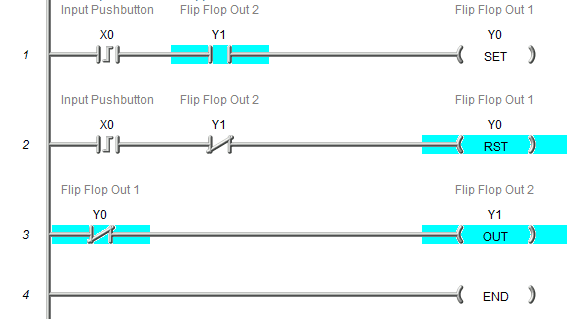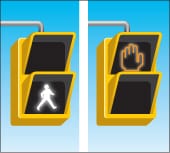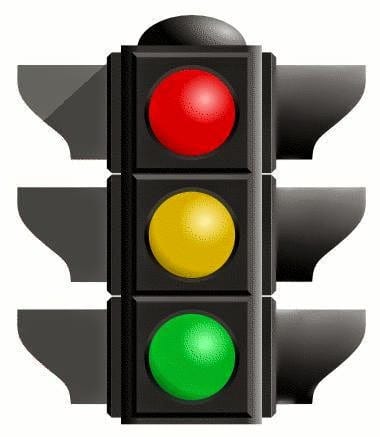Five Steps to PLC Program Development
Programming a PLC can sometimes be a daunting task. The best method is to break the task into smaller steps. These are the steps that I have used for years to develop PLC programs. We will apply them to a die-stamping application. Step 1 – Define the task: What has to happen? This is written … Read more






